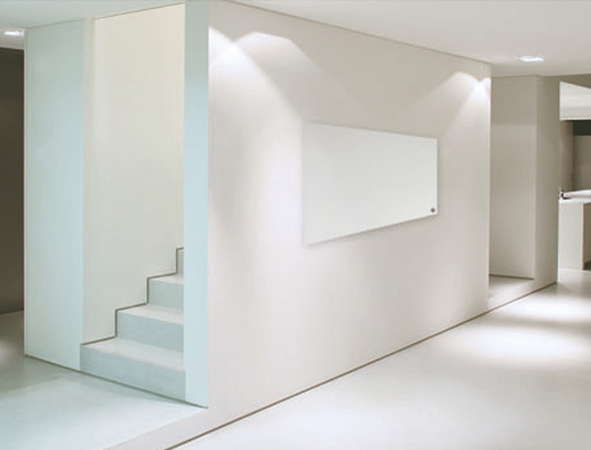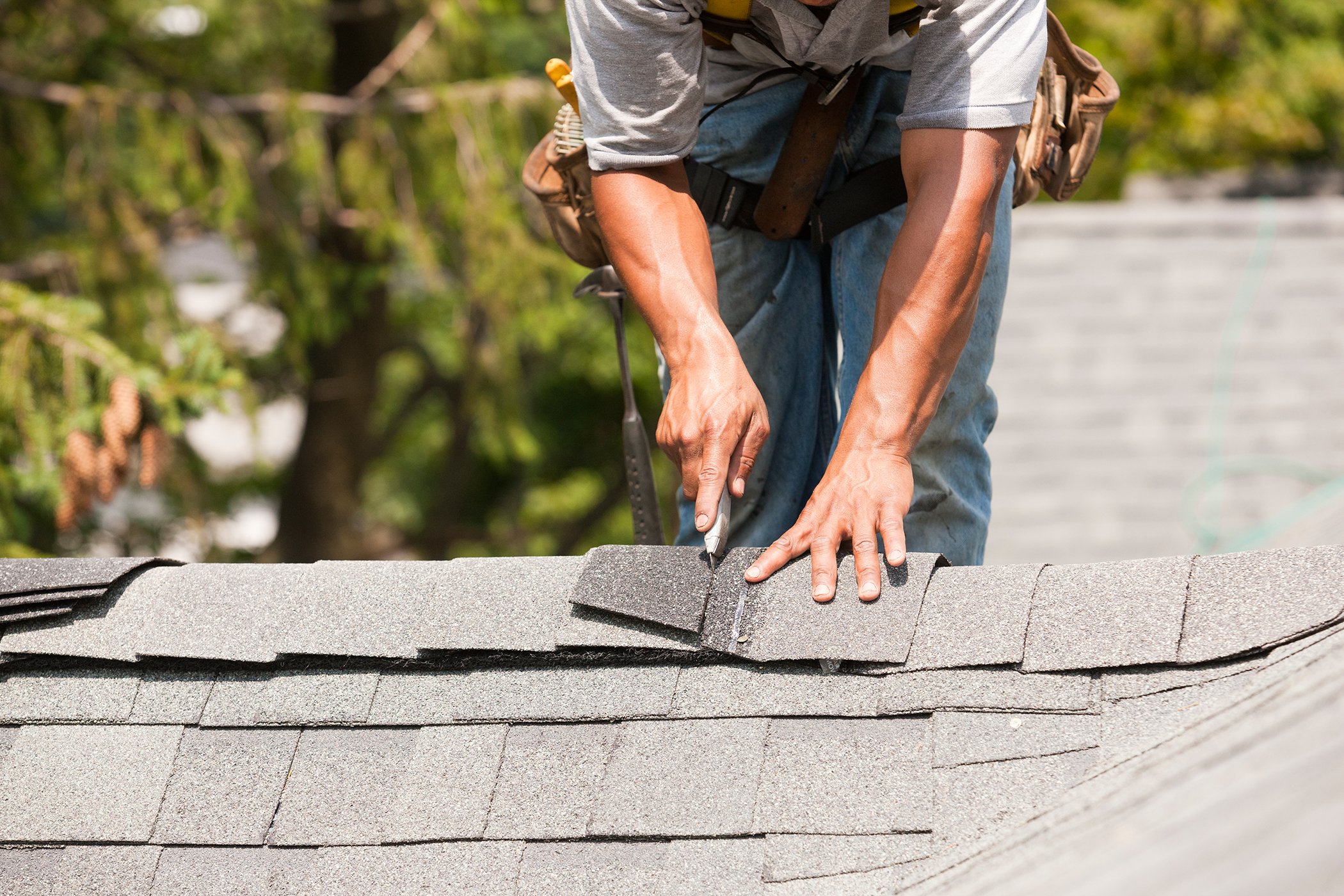Industrial-Ventilation is increasingly recognised for creating healthier learning environments for children. As educational institutions seek to improve indoor air quality, systems such as Industrial Infrared Heating Panels are becoming essential. These advancements reduce allergens and enhance air circulation, leading to a more stable and comfortable climate. Industrial-Ventilation systems play a vital part in safeguarding children’s health by mitigating the presence of airborne pollutants and providing consistent warmth. This focus on creating optimal conditions supports physical well-being and fosters a conducive atmosphere for learning, ensuring pupils can thrive in a healthier environment.
Exploring Hydronic Radiant Floor Heating Systems
Hydronic radiant floor heating systems utilise water pipes embedded in the floor to distribute heat evenly across a surface. This method ensures consistent warmth throughout the space without forced air circulation. By eliminating the reliance on air currents, these systems effectively reduce the distribution of dust and allergens, making the indoor environment significantly cleaner. This reduction in airborne particles is particularly advantageous in educational settings where children are often more sensitive to allergens.
Additionally, the gentle and consistent heat provided by hydronic systems contributes to a more comfortable and healthy atmosphere, encouraging better physical well-being and academic performance among pupils. Such systems also promote energy efficiency, as they operate at lower temperatures while delivering adequate warmth, thus benefiting both the environment and the institution’s operational costs.
The Health Advantages of Hydronic Radiant Floor Heating Panels
Hydronic Radiant Floor Heating Panels offer multiple health benefits for children by providing a consistent and gentle distribution of warmth. This system minimises the reliance on forced air, thereby reducing the circulation of dust and allergens, which can trigger respiratory issues. Children, who are more susceptible to such conditions, benefit greatly from the improved air quality.
The even heat distribution also helps maintain a stable indoor temperature, reducing the risk of cold-related ailments. This is particularly advantageous in educational settings where keeping temperatures consistent is crucial for comfort and concentration. The energy efficiency of hydronic-radiant heating further ensures that schools can provide a healthier environment while managing operational costs effectively.
The Connection between Infrared Floor-Heating and Child Wellness
Infrared floor-heating systems provide a gentle, radiant warmth directly targeting surfaces, ensuring an even and comfortable temperature. Unlike traditional heating methods, infrared heating does not rely on forced air circulation, thereby reducing the presence of dust and allergens. This feature is particularly beneficial for children who are prone to respiratory issues.
Additionally, the reduction in humidity levels associated with infrared heating inhibits the growth of mould and mildew, contributing to a healthier indoor environment. The consistent and soothing heat also aids in improving children’s comfort levels, which is crucial for their overall wellness and ability to concentrate in educational settings. Infrared floor-heating systems thus play a significant role in enhancing the health and well-being of children in schools.
Benefits of Using Industrial Infrared Heat Panels
Industrial Infrared Heat Panels efficiently provide targeted warmth to surfaces and objects without affecting the air quality. By delivering heat directly, these panels conserve energy, which is advantageous for maintaining a cleaner and healthier environment for children. This method reduces the reliance on forced air systems, thereby decreasing the circulation of dust and allergens that can exacerbate respiratory issues.
The gentle, radiant heat ensures a comfortable temperature, supporting children’s well-being and concentration in educational settings. Additionally, reducing humidity levels helps prevent mould and mildew growth, creating a healthier indoor atmosphere.
The Importance of Industrial Ventilation in Educational Settings
Effective Industrial Ventilation is essential for maintaining a healthy indoor atmosphere in educational settings. By ensuring a constant flow of fresh air, these systems help minimise the accumulation of airborne pollutants, such as dust, mould spores, and harmful gases. This contaminant reduction significantly lowers the risk of respiratory and other health problems among children.
Moreover, proper ventilation helps control humidity levels, preventing the growth of mould and mildew, which are known triggers for allergies and asthma. A well-ventilated environment supports cognitive function, as clean air is crucial for maintaining concentration and focus. Thus, Industrial-Ventilation systems play a pivotal role in fostering a healthier, more conducive learning environment in schools.
Enhancing Air Quality with Hydronic Radiant Floor Heating Systems
Hydronic radiant floor heating systems significantly improve classroom air quality by minimising the spread of airborne particles. These systems eliminate the need for forced air circulation, reducing the presence of dust, allergens, and other pollutants. As a result, children experience fewer respiratory issues, such as asthma and allergies, allowing them to focus better on their studies.
These systems’ consistent, gentle warmth ensures a comfortable environment, promoting overall health and well-being. Moreover, the absence of air currents helps maintain a stable humidity level, further preventing mould growth and mildew, common triggers for respiratory ailments. The clean, warm atmosphere created by hydronic radiant floor heating supports a healthier and more conducive learning environment for children.
The Influence of Hydronic Radiant Heat on Academic Performance
Hydronic Radiant Heat systems enhance children’s academic performance by ensuring a stable and comfortable indoor temperature. Consistent warmth helps maintain focus and reduces distractions caused by fluctuating temperatures. When relaxed, children are more likely to participate actively in class and engage with learning materials. The absence of forced air circulation also means fewer interruptions from allergies or respiratory issues, which can significantly impact a child’s ability to concentrate.
Furthermore, a warm and inviting environment fosters a positive attitude towards learning, encouraging children to attend school regularly and be more attentive during lessons. Hydronic systems’ gentle and consistent heat supports a nurturing atmosphere conducive to academic success.
Industrial-Ventilation as a Protective Strategy
Industrial-Ventilation systems are crucial for maintaining healthy indoor environments in educational settings.
Reducing Harmful Gas Accumulation
These systems significantly reduce the accumulation of harmful gases, such as carbon dioxide, which can negatively impact children’s health and cognitive function.
Enhancing Cognitive Function
By ensuring that classrooms and other school areas have optimal air quality, Industrial-Ventilation helps minimize the risk of respiratory problems and enhances cognitive function among students.
Controlling Indoor Humidity
Proper ventilation also helps control indoor humidity levels, which is essential for preventing mould and mildew growth.
Creating a Safer and More Comfortable Learning Environment
By maintaining a cleaner and healthier atmosphere, these systems play a vital role in protecting children from various health issues and ensuring a safer and more comfortable learning environment for all.
Ensuring Child Safety with Infrared Floor Heating
Infrared floor-heating systems offer a safer alternative to traditional heating methods by eliminating the risk of burns from exposed heating elements. This is particularly beneficial in environments such as homes and schools, where children are present. The gentle radiant heat these systems provide ensures that surfaces remain at a safe temperature, thereby reducing the likelihood of accidental injuries.
Additionally, the absence of exposed hot components makes it easier to maintain a clutter-free and safe space for children to move around. Infrared floor heating systems also contribute to a quieter environment, free from the noise of forced air systems, allowing for a more peaceful and comfortable setting. These safety features make infrared-floor heating ideal for ensuring child safety in educational and residential spaces.
Promoting Health with Industrial Infrared Heat Panels
Industrial Infrared Heat Panels provide a steady and reliable source of warmth that supports children’s overall health. These panels are designed to heat surfaces and objects directly, reducing the need for forced air circulation and minimising the spread of allergens and dust. This results in a cleaner indoor environment, particularly beneficial for children with respiratory issues such as asthma or allergies. The gentle, radiant heat ensures that indoor spaces remain comfortably warm without creating hot spots or uneven temperatures, which can be distracting or uncomfortable.
Maintaining a consistent and comfortable temperature, these panels help create an optimal learning environment where children can focus better and participate actively in their educational activities. The energy efficiency of Industrial Infrared Heat Panels also makes them a cost-effective solution for schools, allowing for more resources to be directed towards other essential areas that benefit children’s education and well-being.
Concluding Reflections on Industrial-Ventilation and Children’s Health
Schools can significantly enhance children’s health and learning environments by integrating advanced heating technologies and effective Industrial-Ventilation systems. These systems reduce airborne pollutants, maintain stable temperatures, and ensure optimal air quality, thus minimising respiratory issues and improving overall well-being. Hydronic radiant floor heating and Industrial Infrared Heat Panels offer consistent warmth and energy efficiency, contributing to a comfortable atmosphere that supports academic performance.
Proper ventilation also plays a crucial role in preventing the growth of mould and mildew, further safeguarding children’s health. By prioritising these technological advancements, educational institutions can create safer, healthier spaces that promote their students’ physical and cognitive development.
Conclusion
Integrating advanced technologies like hydronic radiant floor heating and Industrial Infrared Heating Panels, coupled with effective ventilation systems, is crucial for creating healthier and more conducive learning environments for children. By minimizing the presence of allergens, maintaining consistent temperatures, and ensuring optimal air quality, these systems significantly improve children’s well-being and enhance their academic performance. These advancements contribute to a more comfortable and productive learning environment and foster a healthier and more sustainable future for future generations.
Frequently Asked Questions
How do hydronic radiant floor heating systems contribute to improved indoor air quality?
By eliminating the need for forced air circulation, they reduce the distribution of dust and allergens, creating a cleaner and healthier environment for children.
What are the benefits of Industrial Infrared Heating Panels for children’s health?
Industrial Infrared Heating Panels provide even heat, reduce the spread of allergens, and create a more comfortable and safer environment for children.
How does proper ventilation contribute to a healthier learning environment?
Ventilation systems minimize the risk of respiratory issues and improve overall air quality by removing pollutants, controlling humidity, and ensuring a constant supply of fresh air.
What are the benefits of maintaining a consistent temperature in classrooms?
Consistent temperatures enhance comfort, reduce distractions, and improve children’s focus and concentration.
How do these technologies contribute to a more sustainable future for schools?
These technologies contribute to a more sustainable and environmentally friendly approach to education. By improving energy efficiency and reducing reliance on traditional heating methods
| Related Business Listings |
| Contact Directory |
| Local Business Profiles |

